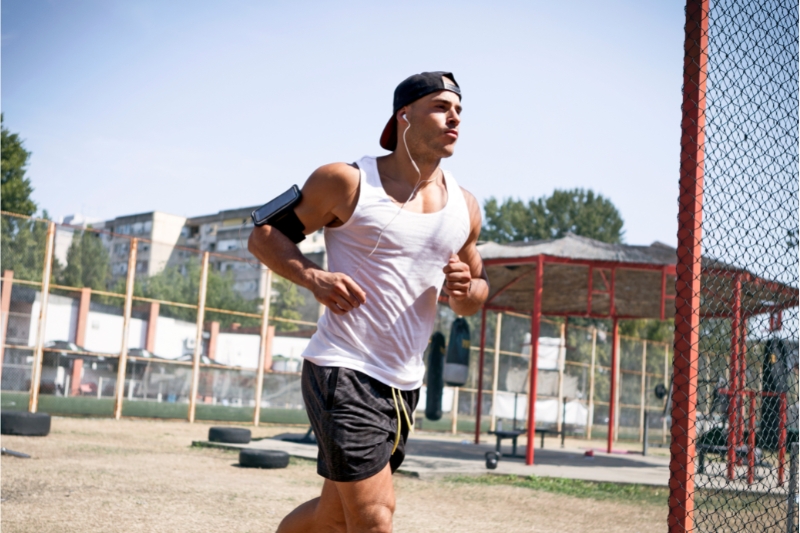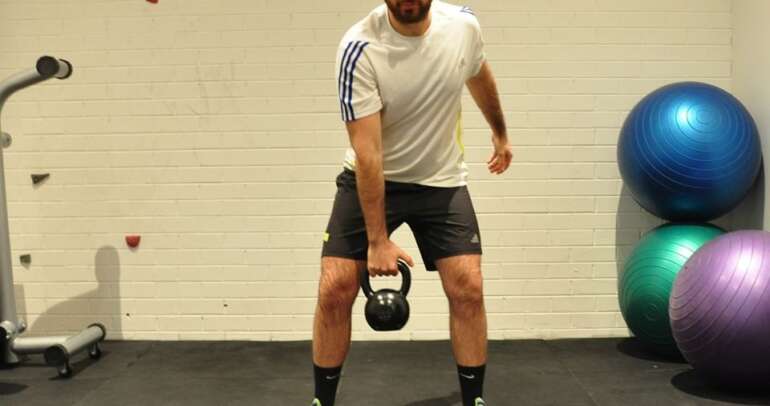With the warmer weather upon us, many of us will have to start getting used to training in the heat. Training in warm conditions can be an arduous task at times and affect your training intensity and adaptation. However, there are ways to combat this. This article will explore seven ways that can help you get your training done effectively and efficiently throughout the entire summer.
1. Stay properly (not under or over) hydrated
Staying properly hydrated seems like a simple task, and yet it is time and time again done poorly. There is one simple rule when it comes to hydration: ‘drink ad libitum’. This means drink as you feel like it. It may seem counter intuitive to common beliefs, like drink x amount of liquid every 15 minutes, but much of the research in the area concludes that this is the most effective way to stay hydrated.
2. Avoid doing repeated short high intensity intervals in heat
When you continuously train in the heat (e.g continuous jog) your body keeps itself from overheating by decreasing exercise intensity. This is known as thermoregulation and works through a complex relationship between the brain, muscles and temperature receptors in the body. The body finds it much harder to thermoregulate in warmer conditions when working at high intensities (at or about VO2max), especially if done repetitively. Athletes most often work at these intensities in team and ball sports. This over-heating is often seen in tennis, especially at the Australian Open, where players are forced do work at high intensities during rallies with often little rest time in between. So, if you can avoid it, try to do your high intensity sessions during the cooler parts of the day.
3. Be aware of sunburn
As a society, Australia is more sun smart than ever. This is a great thing, as we have one of the highest rates of skin cancer in the world. However, the old slip, slop, slap can go out the window for some people when it comes to exercise. If you are exercising for a long period during the peak time for sunburn (around 11am-4pm) make sure you wear appropriate clothing and sunscreen, and re-apply if needed.
4. Use an indoor alternative
If you do not cope well in the heat, or have a hard session planned and don’t want the heat to affect it, why not use an indoor alternative? Treadmills and indoor bike trainers can replicate what you do outdoors quite effectively. You could also substitute and aerobic session for a swim or even a HIIT gym session.
5. Plan ahead
A well-structured training program should allow for some flexibility in session structure and time. If you are worried about performing certain sessions when it is hot, plan ahead with the weather. Look at the upcoming forecast and plan to undertake your hard sessions earlier in the morning, later at night or on a completely different day. This helps if you live in a climate that has a relatively stable and predictable weather pattern (very much unlike Melbourne).
6. Know how to cool down properly
Traditionally, people have used ice baths for cooling and recovery purposes. Recently, however, this has become a controversial topic. Ice baths have been shown to inhibit recovery and adaptation to strength training and very cold ice baths can make your body defend against heat loss, therefore impeding cooling. It is much better to use a cold bath that is just a little bit lower than skin temperature (approx. 32 deg C) to create a progressive cooling effect. For many of us, ice baths are impractical, but some practical cooling methods that you can use before, during and after exercise are: cool and/or icy drinks (don’t drink too fast!), ice vests, draping of cold towels and a fan-cooled or air-conditioned environment.
7. Adapt Slowly
According to evolutionary biologists, millions of years ago the human race evolved to run and chase animals for long periods in the hottest part of the day to obtain their food through a method known as persistence hunting. Even if this theory is not true, and if you do train in warmer conditions, we know that the human body is very well equipped to do this. Often it just needs time to adapt, especially if you live in a cooler winter climate. So be sure not to push too hard in your training when it begins to get hot; let the adaptations come over a 2-3 week period. There are known positive fitness adaptations to training in the heat and we plan to explore these in greater details in a future post.
I hope this article has given you some good insight into training in warmer conditions. If you are smart, plan ahead and adapt slowly, you should have to worries at all dealing with the hot summer ahead.
About the Author:
Dr. Nicholas Tripodi is a Co-director and Osteopath at the Competitive Sports Clinic located in the Essendon District. Nicholas has particular interests in sports injuries, exercise rehabilitation and running and cycling analysis.


